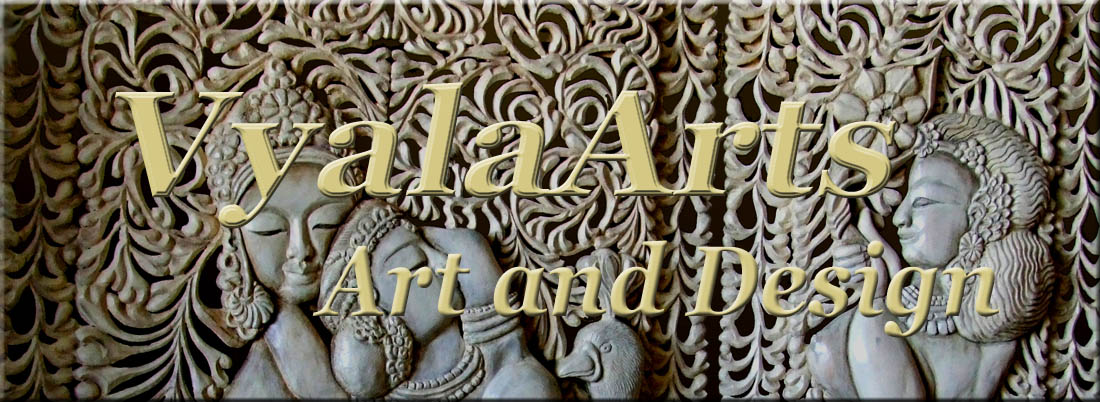Naranja
Reminiscences is a series of paintings from a photo documentation (see slideshow here) about the Olympic Student Village in Munich. In 1966 Munich was awarded the Olympic Games for 1972. The Oberwiesenfeld, an undevelopped district of the city, became the Olympia Park and developed later into a famous touristic attraction because of its futuristic roofs. Part of the Olympia Park was a conglomeration of tiny, 2-story bungalows which first served as appartments for the athletes and after the games became part of the student housing of the Ludwig-Maximilian University and connected institutes, mostly for foreign students.In 2002 part of those bungalows were renovated for the EM (European Athletics Championship) and again became part of the housing of the athletes during the contest.
A famous characteristic feature of the the Student Village were the murals and paintings on the bungalows, expressing the European spirit of the times with graffiti and bright colours, motifs from comics and other subjects, a very colourful collection of images. The bungalows were in a desolate condition after 35 years. The city decided to tear them down and rebuild them with new units rather than renovating them. This happened 2007- 2008.
The new bungalows are a bit smaller even but provide more appartments for the new students who have now inhabited the village again. The sad thing yet is, that all the murals and other paintings were lost, as well as the charming green jungle, that grew up in the past 35 years including some smashing wonderful cherry trees, which were a feast for the eye each spring. The new village is supposed to carry new colours again. There was a competition organized by the city where "artists" could present their ideas for new murals. But this was really not the same. The spontaneity was gone, the charm of not being so very perfect was gone, the people and community would never be the same again. It is like dancing for the tourists only in the meanwhile...Sad indeed.
Therefore I decided to put up a little "memorial" by creating a detailed photo documentation (see slideshow here) and turning part of these photos into a series of paintings which depict the colours and forms, the peeling paint and rotting walls of the original bungalows...
In order to make these paintings available for everyone I decided to get the originals made as fine art prints on real 420 g/m cotton canvas, finished with a matte varnish. You can finde these in my Etsy Shop.
Naranja was inspired by the colour and intriguing pattern of peeling paint from a wall of one of those old student bungalows. The resulting work became both - an abstract and photorealistic painting...
"Naranja"
18" x 26"
acrylic on cotton
~~~





















































